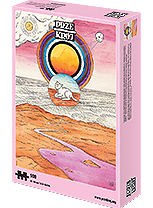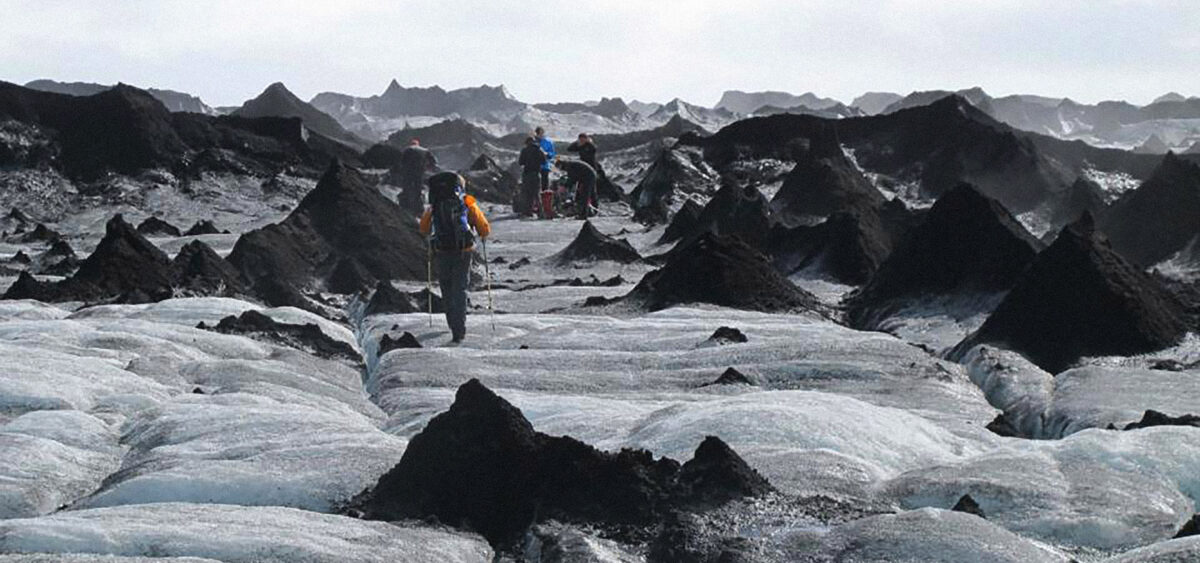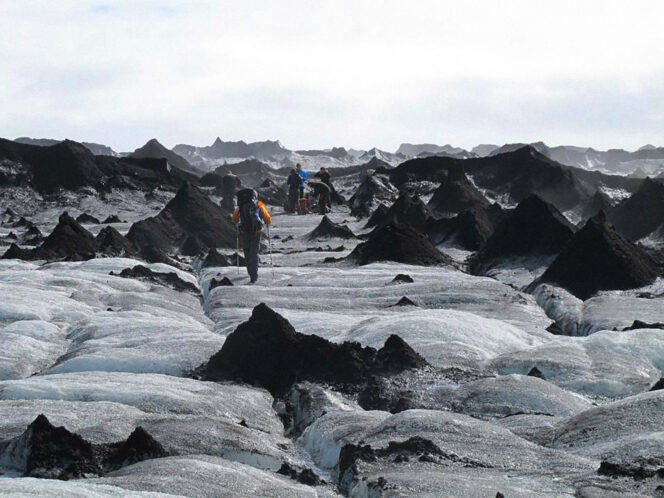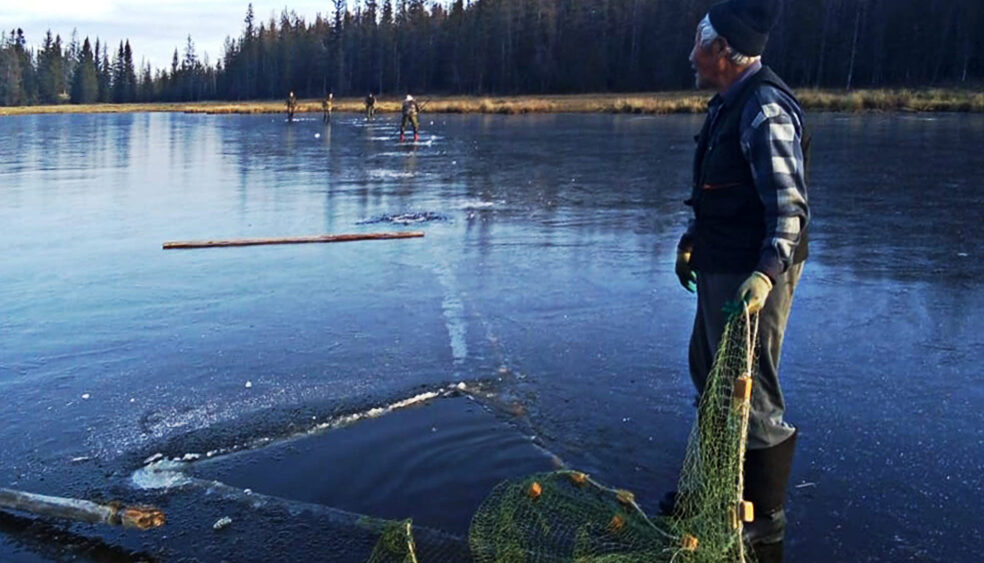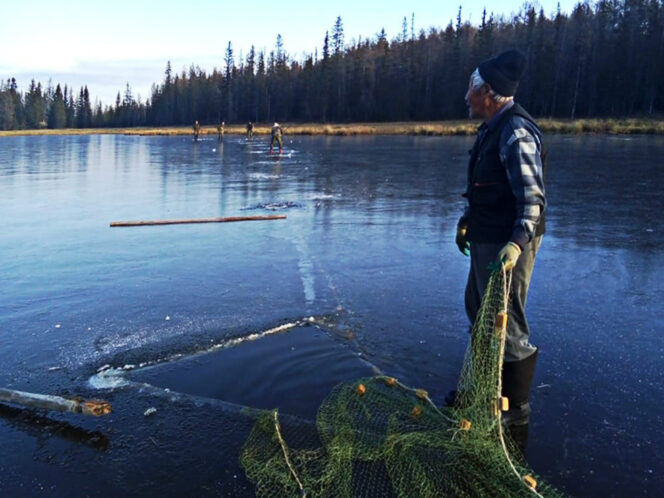
I grew up in America as a child and when we moved home there were many things that struck me visually. There were elements in the landscape that had a deep impact, but I could not put it all into words. There were just these feelings stuck in my mind, and pictures, and things that I only understood much later.
In the north we had a farm by the ocean, just below the Arctic Circle. For many years, I was not sure what defined the nature there so strongly, because the most obvious thing was all the life. It is a place where you can listen to 14 species of birds singing or quacking at the same time. Walking around the beach or the meadows in late June, you have to tread gently: everywhere you will find nests with eggs, or small chicks. This is nature, but it is neither calm nor tranquil. It is as busy as a metropolis; the cliffs full of screaming birds, the meadows full of birds trying to divert you away from their eggs, or Arctic terns coming in swarms to attack you. All these elements resemble life in an obvious way, but a few years ago I found out that it was not life that defined this nature. It was death. The abundance and overwhelming presence of death. In a short walk you would find a dead bird, a dead chick, a half-eaten duck, a dead lamb wriggling with worms, dead fish, an old skeleton of a whale and a seal’s head. And looking closer, skeletons were everywhere, alongside parts of wings. The smell in the air was actually rotting seaweed.
In the sky you would see gliding gulls, threatening the newly hatched birds, swooping down and flying away with the little innocent creatures. This was a culture shock for a child. You would remember that in a park, or the zoo, in a city or on the


